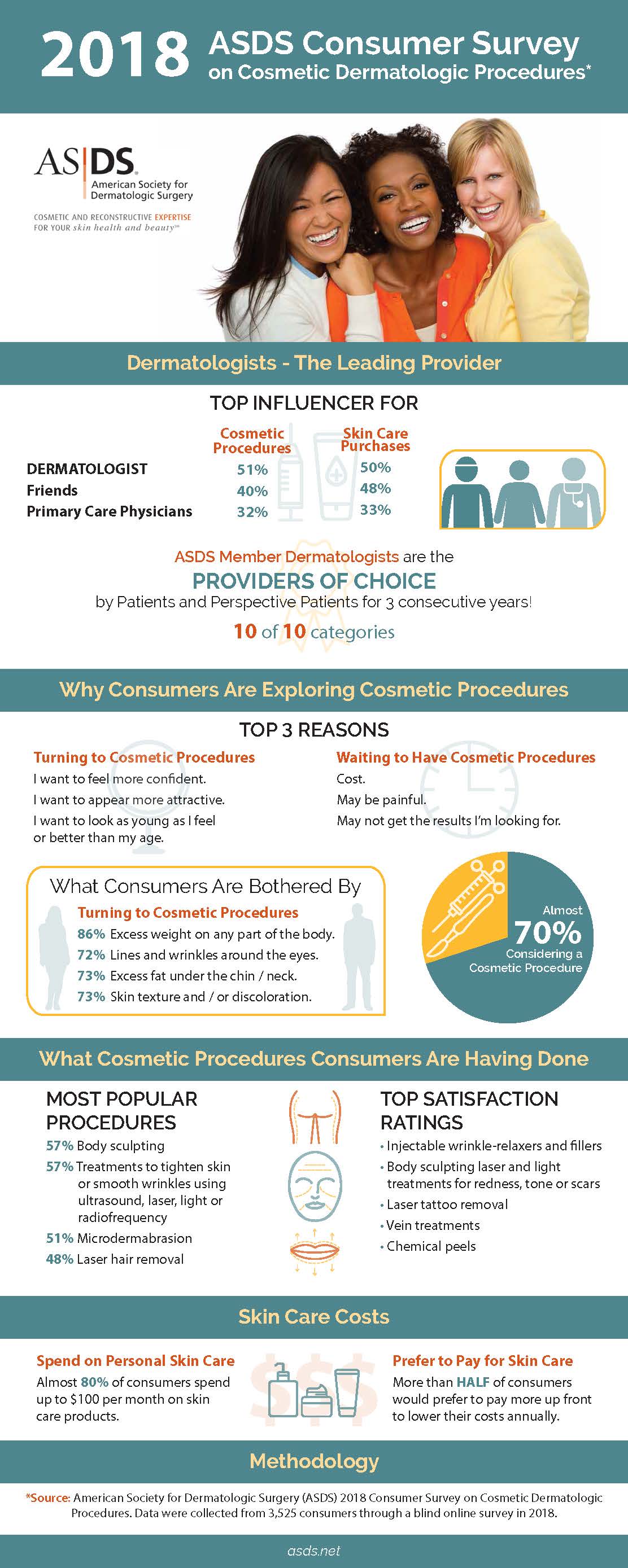Acne outbreaks in the cheek area are triggered by several points, from touching your face frequently to not transforming your pillow case typically enough. Picking at imperfections enhances your risk of infection and scarring, and particular medications can worsen dark areas (postinflammatory hyperpigmentation).
Thankfully, there are numerous methods to avoid and treat cheek acne. These include:
1. Hormonal Modifications
Acne is mostly triggered by hormones, especially those produced during puberty and pregnancy. For some, a family history of acne may also add to their problem. Anything that obstructs pores, such as oil-based skin treatment items or ceraceous hair products, can activate acne. Numerous topical therapies, like benzoyl peroxide and salicylic acid, can battle germs and unblock pores. Those with severe or chronic acne should look for therapy from their medical professional.
Stay clear of touching or pressing your acne, as this can push some of the microorganisms deeper right into the skin, causing a much more serious breakout. It is also vital to transform pillow cases on a regular basis and make use of tidy makeup brushes. You should also attempt to stay clear of toxic irritants such as friction from wearing a helmet or limited collar.
2. Diet regimen
The oily, sweet foods that lots of people think trigger acne might in fact refrain from doing so. As a matter of fact, studies have actually revealed that eating a diet rich in entire, nutrient-dense foods assists to prevent breakouts.
Foods high in the glycemic index (such as white bread, corn flakes, blew rice and potatoes, doughnuts and various other pastries) elevate blood sugar level degrees rapidly, and this can increase hormonal agents that improve oil production and lead to acne.
Consuming alcohol cow's milk has actually also been connected to boosted acne breakouts. If you are a regular cow's milk enthusiast, you may want to try changing to low-fat or nondairy options that are fortified with calcium. On top of that, consuming more water can aid to lower acne since it assists to maintain the skin hydrated.
3. Excess Oil
While oil is necessary for healthy skin, it can become a trouble when excessive sebum mixes with dead skin cells and obstructs pores. This combination can create blackheads, whiteheads and acnes. The clogged pore wall surface can break down and spill germs, dead skin cells and sebum into bordering skin. This leads to a red bump known as an acne. In some cases these red bumps have pus in the facility from a bacterial infection. Larger contaminated bumps that look like acne are called cysts.
There are several things that can cause excess sebum and stopped up pores, including hormonal agent changes, diet and day-to-day practices. Some instances include touching the face frequently, relaxing your hand on your cheek, using unclean makeup brushes and not transforming pillowcases regularly.
4. Stress and anxiety
If you're handling throbbing acnes or a slew of blackheads and whiteheads, it might be time to talk to a skin doctor. They can recommend a reliable treatment that matches your skin type. Exercising relaxation and stress-reduction strategies likewise aids.
Acne can happen in the cheeks as a result of friction and stress, such as when a person touches their face regularly or wears a hat or sporting activities onexfly skin helmet that rubs versus the skin. It can also show up where oily cosmetics and lotions massage against the skin.
Stay clear of squeezing acne, as this can press contaminated material deeper right into the skin and result in scarring. Rather, see a doctor to discover preventative treatments like medicine, skin treatment products and way of life adjustments. Consuming a healthy diet plan of whole foods, getting 7 to nine hours of sleep and using noncomedogenic makeup and skin care products can all help reduce acne breakouts.
5. Hair Products
Hair products are not normally thought of as a source of breakouts, yet they can contribute to acne on the cheeks in some people. Pomade acne, which is identified by small shut comedones and papulopustules, is commonly triggered by making use of oily hair products which contain comedogenic ingredients such as specific oils and acetylated lanolin.
Picking hair products that do not have these potentially comedogenic components is a vital step towards minimizing breakouts. Additionally, ensuring that hair products aren't can be found in contact with the skin can help avoid outbreaks. For example, using a headscarf or bonnet in the evening can restrict hair-to-face call and reduce the possibility that leave-in hair items will certainly rub off onto the face.
In addition to making use of a non-comedogenic moisturizer and washing with an acne face laundry, various other helpful methods consist of:
